Quick lime CaO / Agricultural amendment
- Format:
- 25 kg paper bag with plastic foil. 1000 kg Big-bag.
- Special pneumatic transport silos, refillable on site by tanker trucks. For any question of supply or contracting, consult our Commercial Department.
- Use: Correction of pH in acid soils. Bactericidal treatments. Composting of organic matter. Sanitation of biological sludge.
- By adjusting the soil pH, the availability of P, Ca, Mg and Mo is optimized.
- Improves the permeability and aeration of the soil, helping to protect the soil from wind and water erosion.
- Increases the rate of mineralization of organic matter with the consequent increase in available N (Nitrogen).
- It improves the availability of phosphorus and influences the availability of other nutrients in crops. • It improves the symbiotic fixation of Nitrogen in legumes.
- Reduces the toxicity of some mineral elements (Fe, Al, Mn).
- Increases the efficiency of fertilization, both mineral and organic.
- Improves the effectiveness of certain herbicides
Technical sheet
PRODUCT : Limestone amendment, CaO quicklime.
GRANULOMETRY CLASS : Ground (0/4 mm)
REGULATIONS : UNE-EN 14069 “Limestone amendments (calcium or magnesium)
ESSENTIAL COMPONENT : Calcium oxide CaO
SECURITY
Risk Phrases
R37 Irritating to respiratory system
R38 Irritating to skin
R41 Risk of serious eye damage
Compared to the dry and powdered substance, when diluted with water it causes serious damage in contact with the skin (alkaline burn), especially if the contact is prolonged.
Safety S phrases
S2 Keep out of the reach of children
S13 Keep away from food, drink and animal feed
S25 Avoid contact with eyes
S26 In the case of contact with the eyes, wash with plenty of water and seek medical help.
S37 Wear suitable gloves
S39 Wear eye and face protection
| ESPECIFICATION UNE-EN 14069 Y R.D. 824/2005 | TYPICAL VALUE (*) | |
|---|---|---|
| TEST | ||
| CaO | > 77% | > 85% |
| CO2 | 7% | 6 % |
| value | > 85 | > 85 |
| MgO | – | 3,0 – 3,5% |
| > 4mm | – | 5 % |
| OTHER INFORMATION | ||
| SiO2 | – | 1% |
| Al2O3 + Fe2O3 | – | 0,5% |
| S | – | 0,5% |
| Peso específico | – | 1,1 – 1,3 kg/l |
(*) Typical values are average values representative of the quality of the product, being subject to possible variations. For compliance purposes, the specification limits must be considered.

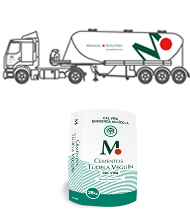
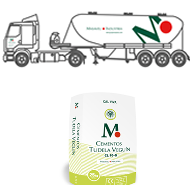
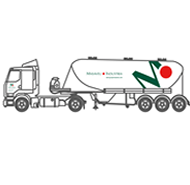
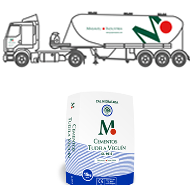
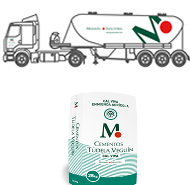

 Industria
Industria Bodegas
Bodegas Aparcamientos
Aparcamientos Inmobiliaria
Inmobiliaria Medicina
Medicina Internacional
Internacional Arte
Arte
